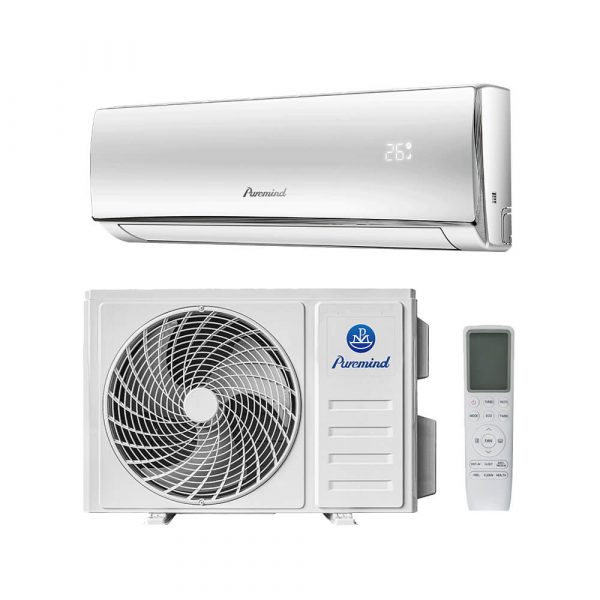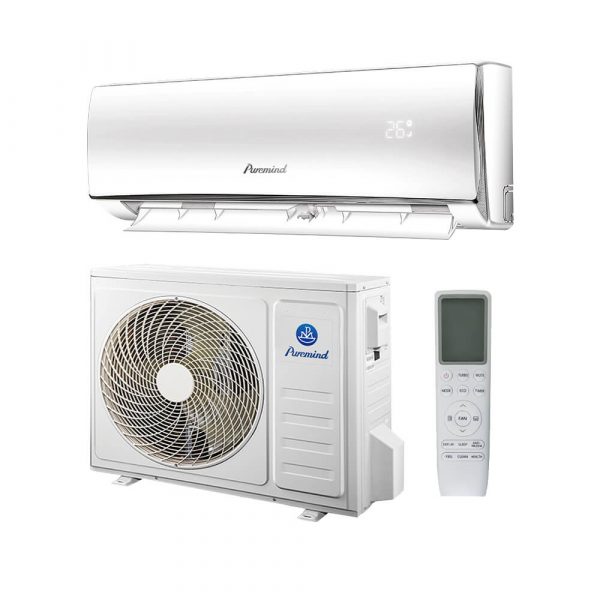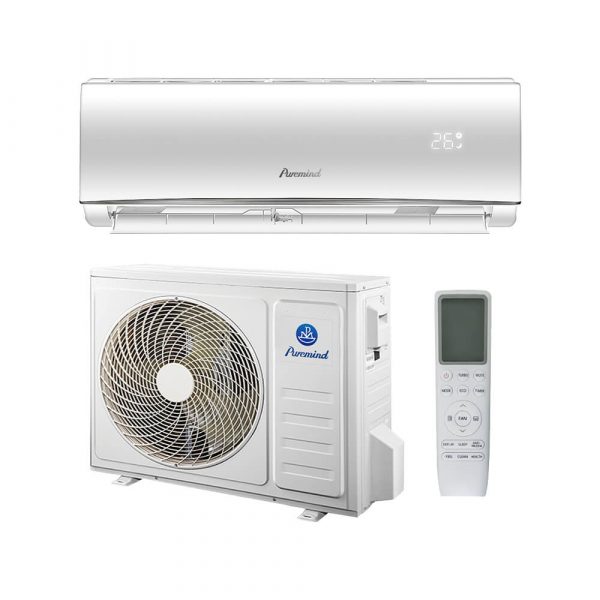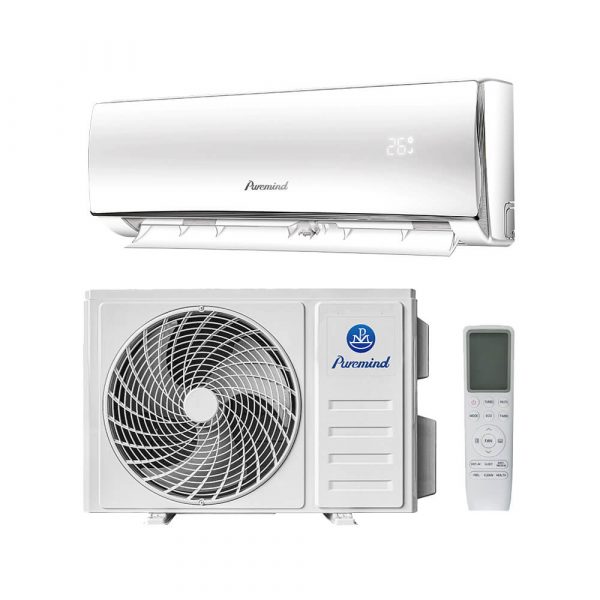Mini Split vs Window Air Conditioner: Which Is Right for Your Business?
Choosing the right cooling solution is critical for business owners balancing energy efficiency, upfront cost, and installation flexibility. This article explores the key differences between a mini split and a window air conditioner, helping B2B buyers make informed, cost-effective decisions for commercial spaces.
What Is a Mini Split Air Conditioner?
A mini split air conditioner, also known as a ductless split system, consists of two main components:
- An indoor air handler mounted on a wall or ceiling
- An outdoor condenser/compressor unit
It operates without ductwork and offers zoned cooling, making it ideal for offices, data centers, modular buildings, and multi-room commercial properties.
What Is a Window Air Conditioner?
A window air conditioner is a self-contained unit installed within a window or a specially designed wall slot. It houses both the evaporator and condenser in one box and is typically used for single-room cooling in residential or temporary setups.
Key Comparison: Mini Split vs Window Air Conditioner
| Feature | Mini Split | Window Air Conditioner |
|---|---|---|
| Installation | Requires professional setup; flexible placement | Quick DIY install in window frame |
| Cooling Efficiency | High (SEER 20+); inverter technology | Moderate (SEER 10-15) |
| Noise Level | Quiet (indoor unit ~25–40 dB) | Louder (~50–60 dB) |
| Space Coverage | Multiple rooms with multi-zone models | One room per unit |
| Energy Consumption | Low with programmable features | High during extended use |
| Maintenance | Periodic filter cleaning; outdoor access needed | Simple filter rinse; prone to wear |
| Aesthetics | Sleek indoor unit blends with décor | Bulky; blocks window view |
| Long-Term ROI | High (5–7 year payback) | Low (frequent replacements) |
Why Mini Splits Are Better for Commercial Use
For commercial applications, mini splits deliver greater flexibility, scalability, and energy efficiency—key concerns for B2B operations. Below are a few reasons businesses prefer them:
1. Zone Control and Smart Management
Mini splits allow businesses to cool only occupied areas. This improves comfort and drastically reduces electricity waste.
2. Reduced Operational Disruption
Unlike window units that require temporary workspace shutdowns during installation, mini splits can be installed with minimal impact to daily operations.
3. Integration with Solar Power
Many mini split systems, including models from Puremind’s split air conditioner category, can integrate with solar panels to reduce grid dependency and meet sustainability goals.
4. Government and Green Building Compliance
Energy-efficient mini splits help businesses achieve compliance with environmental regulations and support certifications such as LEED or BREEAM.
When a Window Air Conditioner Might Suffice
Despite their limitations, window units can still be a viable option in certain situations:
- Temporary job sites or portable offices
- Small retail shops with minimal cooling needs
- Budget-constrained startups in need of immediate cooling
However, as business operations grow, upgrading to a more robust and cost-efficient mini split system is recommended.
Case Example: Small Warehouse Upgrade
A logistics company operating a 3000 sq. ft. warehouse initially used three window units to manage internal temperatures. After frequent repairs, noise complaints, and inconsistent cooling, they transitioned to a multi-zone mini split system with inverter technology.
The result? A 35% drop in energy bills and improved staff comfort—yielding a full ROI within 24 months.
Which System Should You Choose?
The right choice depends on your business needs, size, and infrastructure goals:
- Choose Mini Split if: long-term savings, multi-room cooling, and smart energy usage are priorities.
- Choose Window Unit if: you’re dealing with a single small space and need a low-cost short-term fix.
Explore Mini Split Solutions from Puremind
Puremind specializes in high-efficiency mini split systems for commercial environments—from offices to telecom stations and solar-ready buildings. Our units are designed for durability, scalability, and easy integration with renewable systems.
Explore our latest models here to find the perfect fit for your commercial application.
Conclusion
While both systems serve specific cooling needs, the mini split system is better suited for B2B operations looking to reduce costs, enhance comfort, and future-proof their HVAC infrastructure. Consider the long-term efficiency and total cost of ownership before making your investment.
For tailored guidance, installation support, or OEM partnership inquiries, contact the Puremind team today and discover how we can help optimize your business environment with energy-smart cooling solutions.







